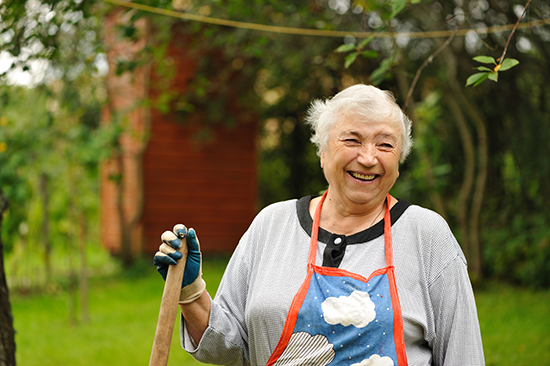If you have an elderly relative or friend coming to live with you, you might be wondering whether a formal agreement needs to be made, or if it’s easier to stick to a casual arrangement. While legal agreements might seem too formal amongst family, these important documents can help safeguard the interests of both the property owner and the resident.

Here’s everything you need to know about Granny Flat Agreements and why you should consider putting one in place.
What is a life tenancy Granny Flat Agreement?
A life tenancy Granny Flat Agreement is a document that sets out the terms of residency for a friend or family member to live in a granny flat for the remainder of their life. You would usually put one in place when an elderly parent comes to live with you on your property, but may you could also use them in other circumstances as needed.
A granny flat agreement allows you to set out clear terms for the residency, including:
- the resident’s right to live in the property for life
- whether the resident has agreed to pay rent or undertake certain upkeep of the property
- how the owner of the property will compensate the resident if there is a significant change in circumstances
It’s important to note that you can use a Granny Flat Agreement regardless of the actual style of residence – a designated room or area within the owner’s property counts as a ‘granny flat’ for the purposes of the Agreement, just as much as an actual separate dwelling on the property.
How a Granny Flat Agreement benefits all parties
You might think that a family member or close friend coming to stay isn’t a big deal, but it certainly can be. While creating a legal agreement might seem over the top, it will help you both understand the arrangement, and also clarify areas of dispute should any issues arise in the future. A Granny Flat Agreement also ensures that you’ve thought about what happens if a change in circumstances occurs – the last thing you want is to harm your relationship due to unforeseen situations arising.
A Granny Flat Agreement can also benefit both parties financially, if you can meet certain circumstances. By having the resident pay the property owner rent, as set out in a formal agreement, the resident may be eligible for Centrelink concessions such as Rent Assistance. It’s important to also note that should the resident be receiving a pension, living arrangements can affect this. While Centrelink does not currently require a formal Agreement to be produced in granny flat arrangements, they do recommend it. You can read about Centrelink requirements and recommendations on family arrangements here.
How do you create a Granny Flat Agreement?
We’ve taken all the hard work out of creating an agreement by providing a customisable Granny Flat Agreement Template. This template covers all aspects of life tenancy, and includes the following provisions:
- right of residence and obligations of parties
- Department of Human Services rules
- termination
- damages
- independent legal and financial advice
- costs
At the end of the day, a formal Granny Flat Agreement will benefit both the resident and the prospective owner. Check out our Sample Agreement Excerpt for more information and consider putting a Granny Flat Agreement in place today.
From the Web
Everything you need to know about a Granny Flat Agreement (Podcast & Blog) by Attwood Marshall
Making a Granny Flat Agreement by Owen Hodge Lawyers

